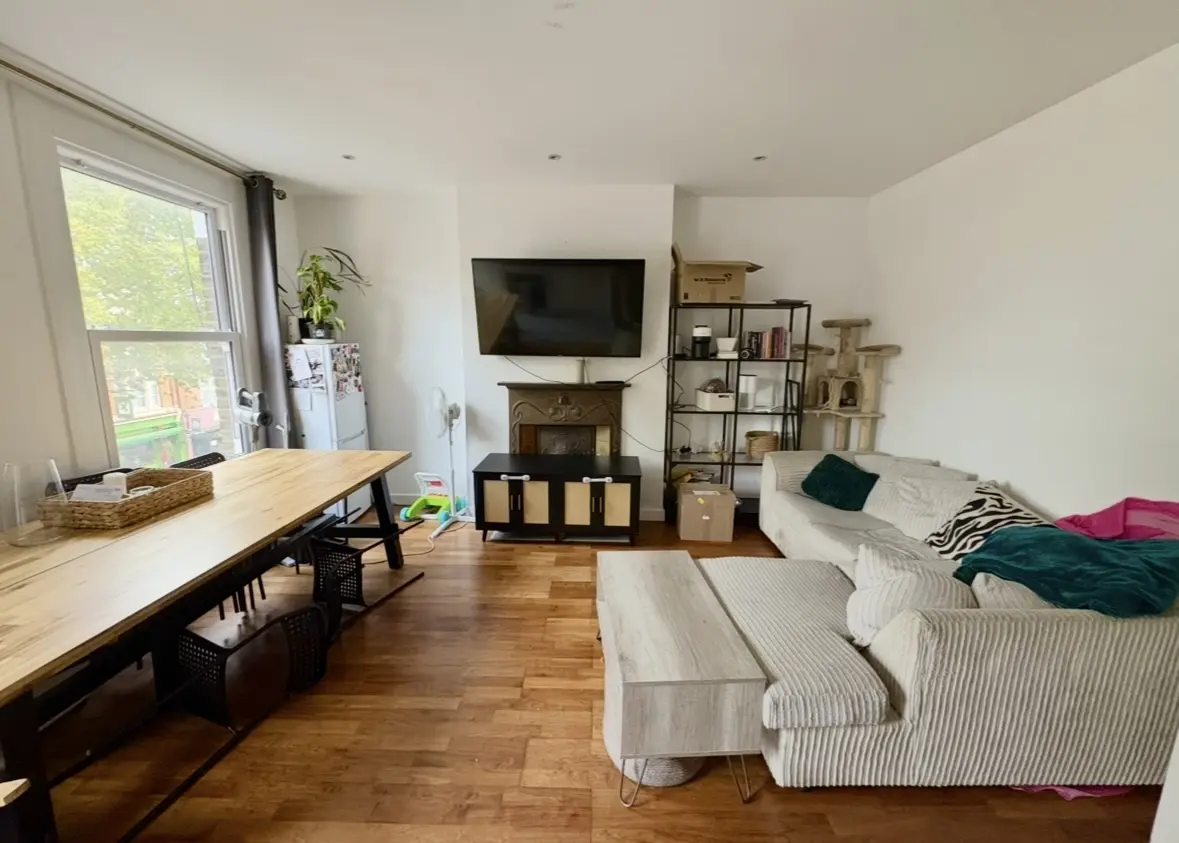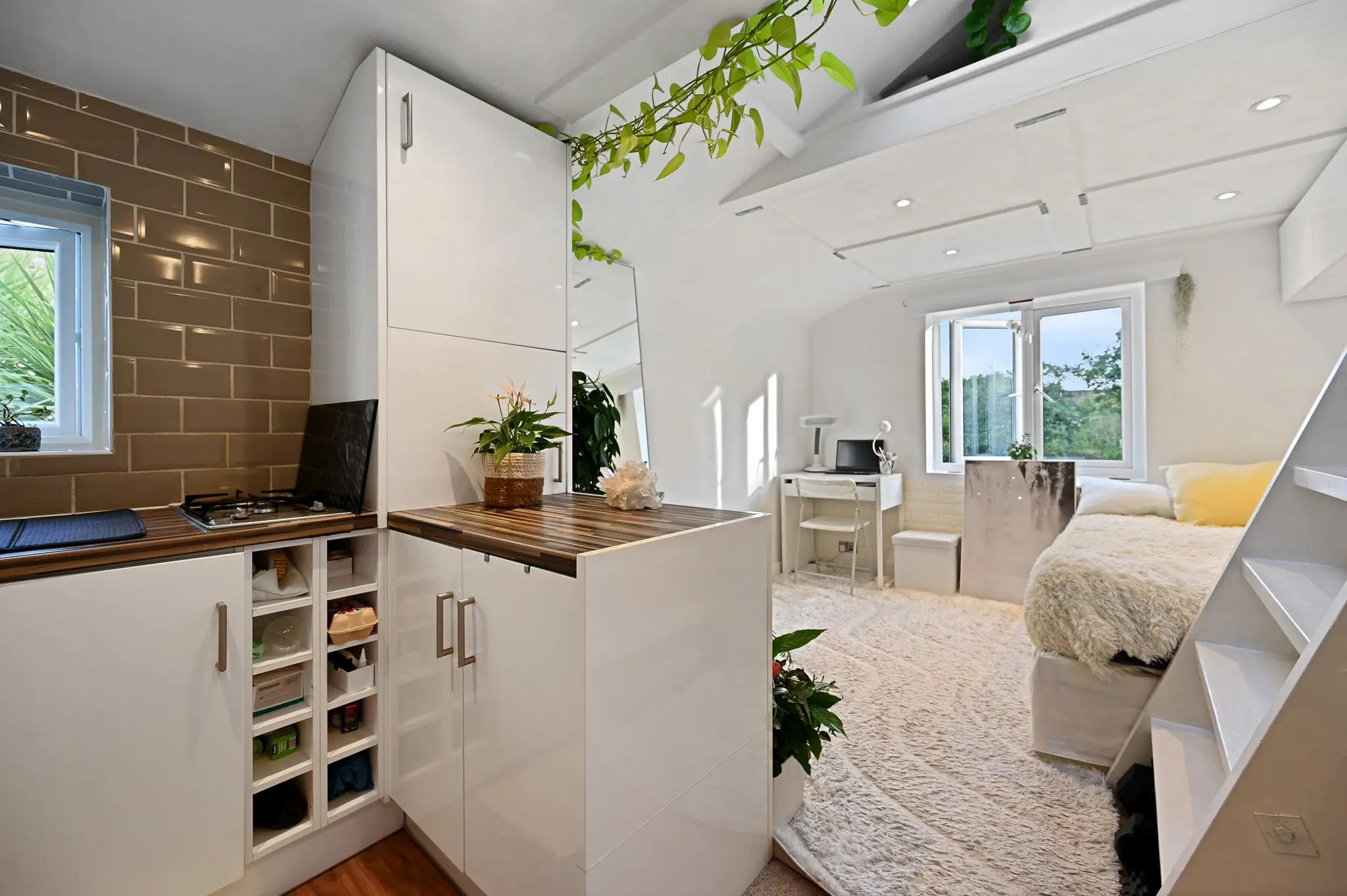
Three-Bedroom Apartment to Let – Chiswick High Street, W4
Chiswick High Rd., Chiswick, London W4 4HH, UK
£2,400 / Month
Mould is a recurring issue in many London rental properties, often worsened by the capital's damp climate and older housing stock. Whether your landlord is responsible for dealing with mould depends on what caused it, and knowing where that line is can help protect your health and tenancy.
When It's the Landlord's Responsibility
Landlords in England have a legal duty to ensure their rental properties are safe, structurally sound, and free from hazards, including damp and mould caused by building-related issues. According to the law, they must act if the mould is linked to:
-Leaks from pipes, roofs, windows, or walls
-Rising damp due to structural problems
-Poor insulation is causing cold surfaces and condensation
-Inadequate ventilation (e.g., no extractor fans in bathrooms/kitchens)
-Faulty or insufficient heating leading to excessive dampness
In such cases, the landlord must identify and repair the root cause and remediate the mould, not just clean it.
When Tenants May Be Responsible
If mould forms due to how the tenant lives in the property—rather than due to a fault with the building—then the responsibility might lie with the tenant. Common tenant-related causes include:
-Failing to ventilate (e.g., never opening windows or blocking air vents)
-Drying clothes indoors without ventilation
-Not using extractor fans when cooking or showering
-Letting minor mould grow unchecked instead of cleaning it early
Important: If the property lacks proper ventilation or insulation, the landlord is still primarily responsible, even if lifestyle plays a part.
To protect your health and your tenancy, follow these practical steps:
Clean Minor Mould Early
Use an anti-mould cleaner on small patches (e.g., bathroom tiles or window frames). Always ventilate while cleaning and wear gloves and a mask.
Report the Mould in Writing
Email your landlord or letting agent immediately, include photos, and describe where the mould is and how long it's been present. Request an inspection and/or repairs if it's recurring or widespread.
Document Everything
Keep photos of the mould and copies of all communication, and refer to your move-in inventory to check whether the issue pre-existed.
Prevent Recurrence
-Open windows daily, even in winter
-Use extractor fans when cooking or showering
-Avoid drying clothes indoors unless ventilation is good
-Heat the property adequately to reduce condensation
Escalate If Needed
If your landlord doesn’t respond within 14 days, escalate the issue by contacting your local council’s Environmental Health Team or seeking advice from Shelter or Citizens Advice.
What About Your Deposit?
You shouldn't be penalised if the mould is due to a building issue or the landlord's failure to maintain the property. However, if it's caused by lifestyle habits or neglect, landlords may seek deductions from your tenancy deposit.
Reminder: All deposits must be protected in a government-approved scheme. Use your photos, records, and cleaning history as evidence to challenge unfair deductions through the scheme's dispute resolution process.
Disclaimer
This article is for general informational purposes only and does not constitute legal, financial, or professional advice. While we strive to ensure accuracy, property laws, regulations, and market conditions may change over time. We do not guarantee the completeness, reliability, or current validity of the information provided. Readers should independently verify details and seek professional guidance before making any property-related decisions. We are not liable for any losses or damages resulting from reliance on this content.

Chiswick High Rd., Chiswick, London W4 4HH, UK
£2,400 / Month

Queen's Rd, London SW19 8NY, UK
£1,380 / Month

Windermere Rd, London W5 4TH, UK
£2,500 / Month

